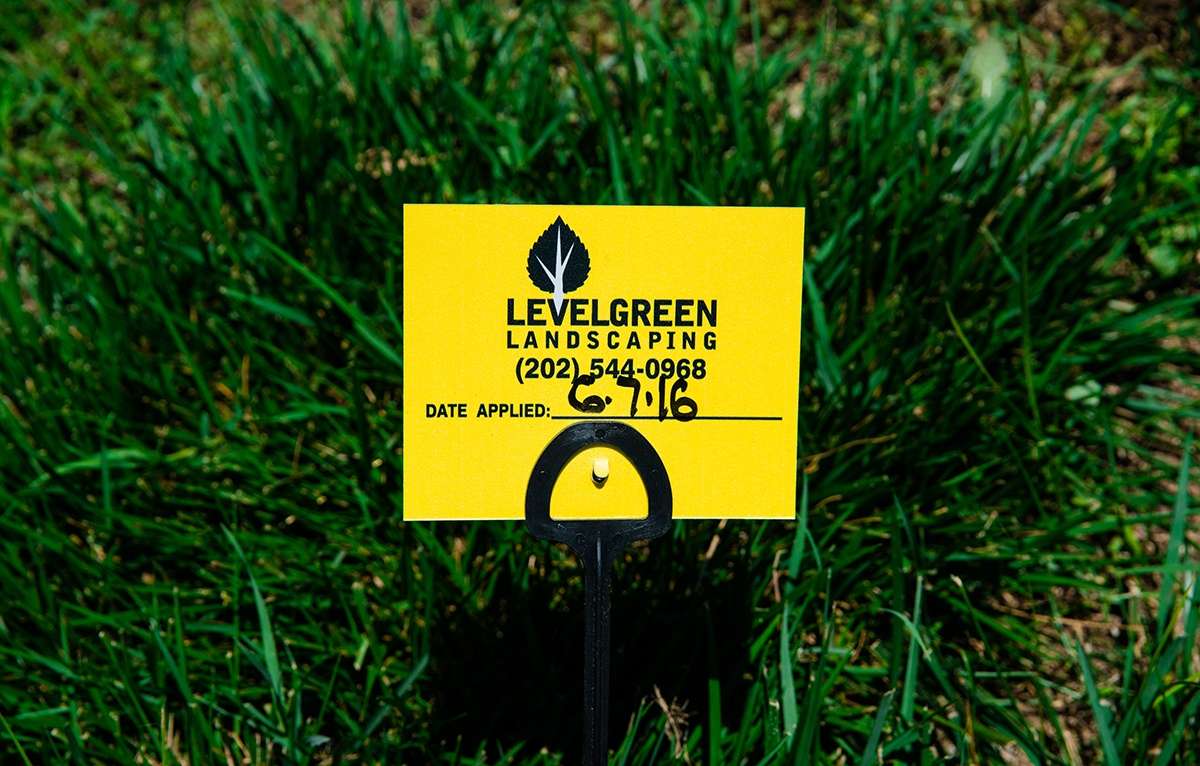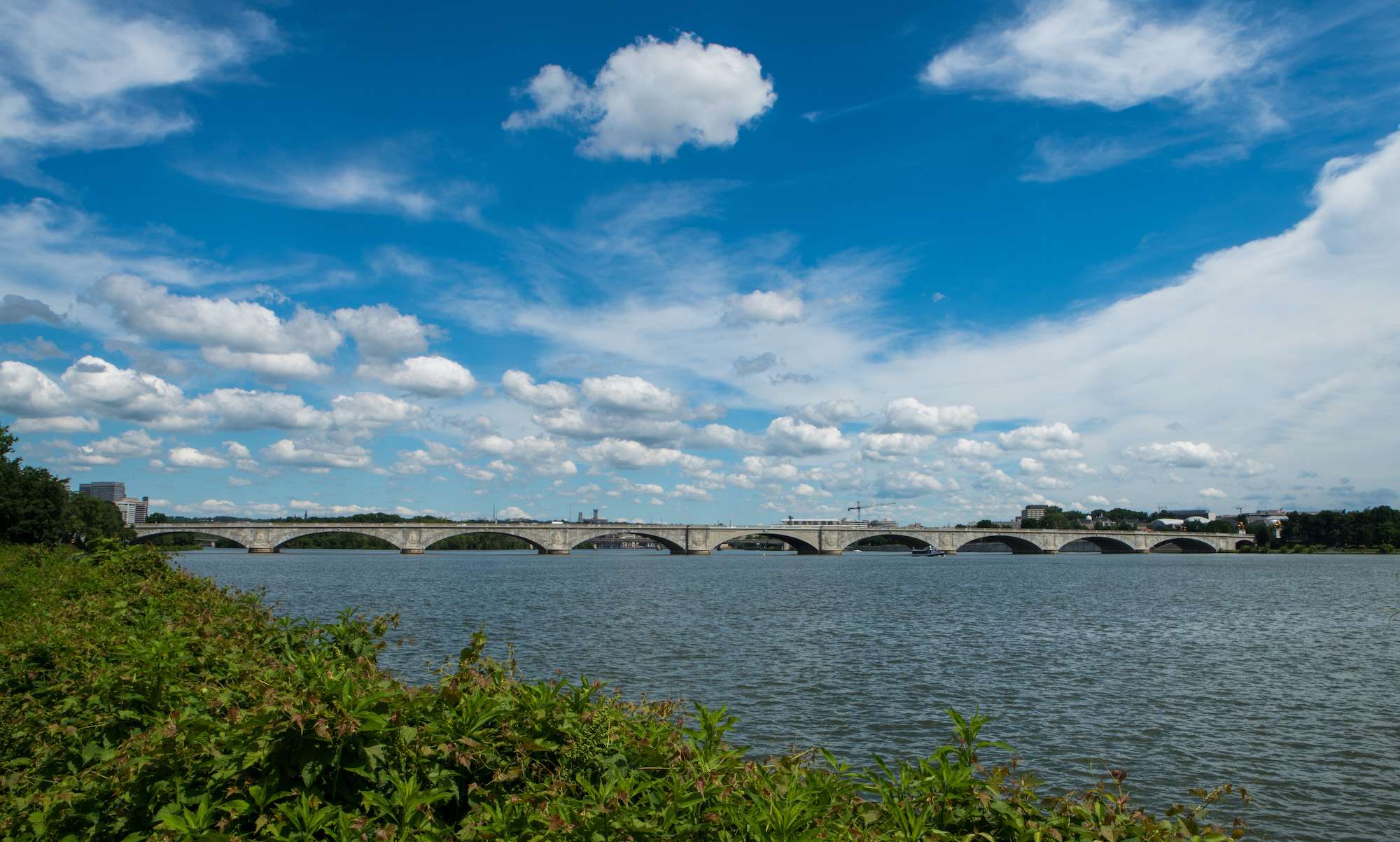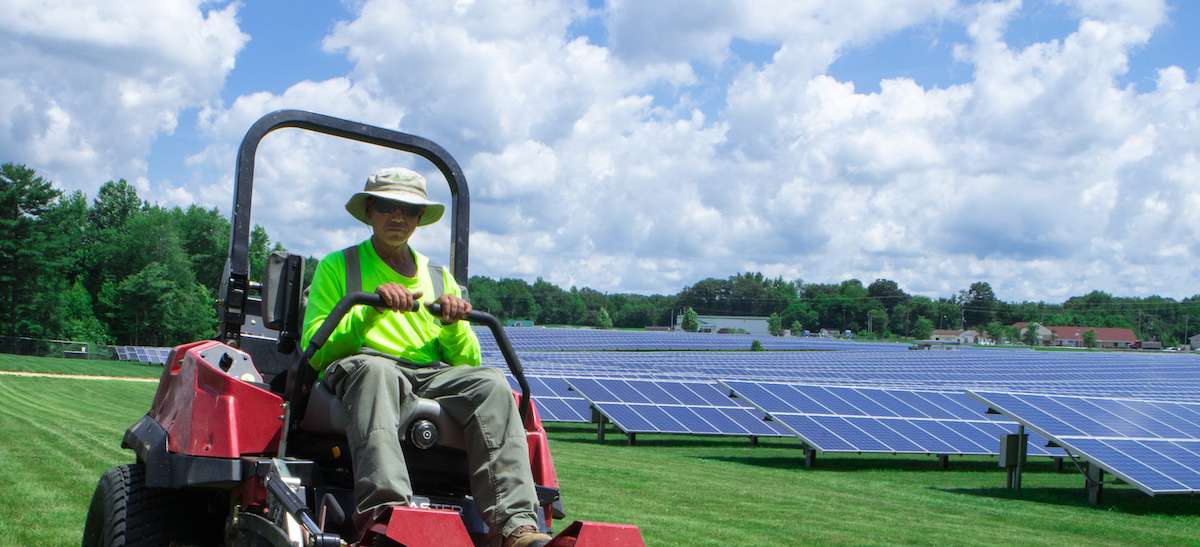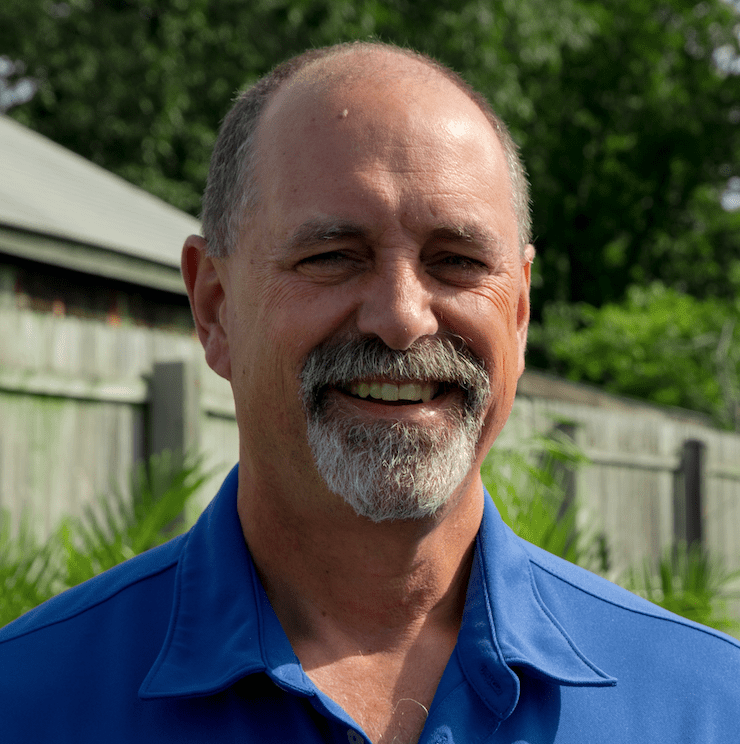Here at Level Green, we’ve long been advocates for the environment, from our careful use of fertilizer to our recent move to electric-powered landscaping equipment.
We know our customers appreciate our earth-friendly stance as we balance it with their desire for excellent landscaping.
That balance has come to the forefront lately as Montgomery County, Md. recently enacted controversial new legislation covering pesticide use.
Joey Schneider, a Level Green branch manager who works with clients in Montgomery County, talks about the legislation and its impact on our customers and the environment.
First, What Does the New Law Do?
In early October, the Montgomery County Council passed a measure that bans the use of certain pesticides on private lawns, at childcare facilities, and playgrounds. The banned pesticides include widely-used products that control weeds, insects, and diseases, including popular “weed and feed” products.

Who Does It Affect?
The ban doesn’t affect all of Montgomery County. Each of the 21 municipalities in the county had the option to be part of the ban, and about half of them opted in.
There are other exclusions, too, including golf courses and agricultural operations.
Why Did Many Landscaping Companies Oppose the Ban?
Many landscaping experts say the ban won’t do as much to help the environment as its proponents claim.
For one thing, all the banned products are still for sale. Homeowners not trained and licensed in pesticide use can still use them in areas outside the ban.
It’s also not uniform across the county.
“Because only half the municipalities in the county opted in, we have clients on one side of a street that are affected by the ban and a client on the other side that are not,” Schneider says. “It’s not ideal.
“The law has good intentions,” Schneider says. “It’s to keep people from using these products haphazardly, without good reason.”
But the professional landscaping companies that use these products use them responsibly, Schneider says. They’re licensed and certified for pesticide use by the state, are required to take periodic training, and follow strict usage protocol.
“The law is mostly handicapping the people who are the most knowledgeable about pesticide use,” he says
How Healthy Turf Helps the Environment
Having healthy turf is better for the environment than a spotty ban on products, Schneider says.
Healthy turf reduces runoff of polluted stormwater. It produces oxygen. It removes carbon dioxide from the air, at a rate even greater than trees.
This is all especially valuable in an urban environment.

“Proper use of pesticides helps us achieve healthy turf,” Schneider says.
Let’s Change Our Conversation About Turf
The new legislation means we’ll be changing the conversation we have with our customers about expectations for their lawns.
With the chemicals we used before, you could expect a perfect lawn — emerald green, with no weeds.
Now, you’ll see some weeds.
“Our focus will be on a healthy lawn,” Schneider says, “not a perfect lawn.”
Increased Cost
The products we now have to use to combat weeds, insects, and disease are more expensive, Schneider says.
Before the ban, we could use crabgrass pre-emergent and selective broadleaf weed control that were inexpensive and did a great job.
Now those are banned in parts of Montgomery County.
Organic lawn products are allowed under the new legislation, but there are no organic products that work as well, Schneider says, and the best ones are expensive. And there are no good organics for crabgrass.
“The Law Is the Law”
“There’s no sense being angry that we can’t do things the way we used to,” Schneider says. “The law is the law, and it’s probably not going away. In fact, it will probably spread to more counties.
“What we can do is change our mindset about turf care and how we view it in our yards, our office buildings, and our corporate campuses.
“It won’t look the same,” he says. “It won’t look like a golf course all the time.”
Most of our customers have a low tolerance for weeds, Schneider says.
“If there’s one dandelion, that’s not acceptable. That’s what we used to be able to achieve under the old regulations. But under this new legislation, there will be dandelions. There will be crabgrass.”
How much depends on how much money customers want to spend to combat them, using the allowable but more expensive products.

“This is change, and nobody likes change,” Schneider says. “But people will have to change their mindsets.”
Ways to Keep Turf Healthy
The goal is to keep turf as thick and healthy as possible, so weeds can’t compete.
How to do that?
- Regular Aeration and Overseeding
We typically recommend aeration and overseeding in the fall. Aeration uses a machine to pull out tiny cores of soil from your lawn, allowing water and oxygen to get to the roots, so they can grow nice and deep.
Aeration is typically followed by overseeding, as the holes created are perfect new homes for grass seed.
“Before, you could get away without doing it,” Schneider says. “Now, it’s an absolute must.”
The process should be repeated in the spring, he says.
“When you can’t spray weed killer, you want grass filling in any empty spots,” Schneider says. “So, you want new grass growing all the time.”
- Changes in Irrigation
“If you can’t spray weeds, you want to focus on deep root growth,” Schneider says.
That means longer, but less frequent watering.
Chances are, your irrigation controller is set to water three times a week for 20 minutes.
If you water longer, but less frequently, turf roots will grow deeper, which makes for healthier grass.
Aim for an inch of water every seven days, if it doesn’t rain, Schneider says.
- Mow Higher
Cutting grass no shorter than 3-4 inches is more important than ever now.
Cut it shorter than three inches and you’ll get more weeds.
- Add Organic Material
It’s more important now to chop your fallen leaves into the turf in the fall, not haul them away.
“You want all those nutrients to go into the soil,” Schneider says.
Level Green crews mulch leaves whenever possible, using a mulching mower that breaks the leaves down into nutritious bits beneficial to your turf.
The tiny bits of leaves fall down to the soil level where they’ll begin decomposing, acting as a natural fertilizer.
- Use High-end Grass Seed
Higher-end tall fescue seed is more resistant to drought and disease.
But higher quality seed is more expensive. Consider cost vs value, Schneider says.
“Yes, it will cost more,” he says, “but you need to consider the value you’ll get if you’re trying to rent a commercial space and a half mile away a competitor isn’t affected by the ban and will have green grass.”
The Cost of “Wait and See”
It’s tempting to hold off on spending more, and to wait and see how your turf does without the lawn products that are now banned.
Don’t wait, Schneider says.
“It will be more expensive two years from now to try to get your turf back to where it was, than to pay to keep it healthy now,” he says. “It will cost to wait.”
Trust Your Turf’s Health to Level Green
Here at Level Green Landscaping, we strive for the best possible balance between environmental legislation and our customers’ desire for the best- looking lawns possible.
We’ll continue to keep you updated on evolving legislation that affects how we care for your landscaping.
If you’re not already a Level Green Landscaping client, we’d love to add you to our growing list of happy customers. Our focus is on commercial properties like offices, mixed-use sites, HOAs, municipalities and institutions in Maryland, Washington DC and parts of Virginia.
Contact us at 202-544-0968. You can also request a free consultation online to meet with us one-on-one.
We’d love to hear from you.


